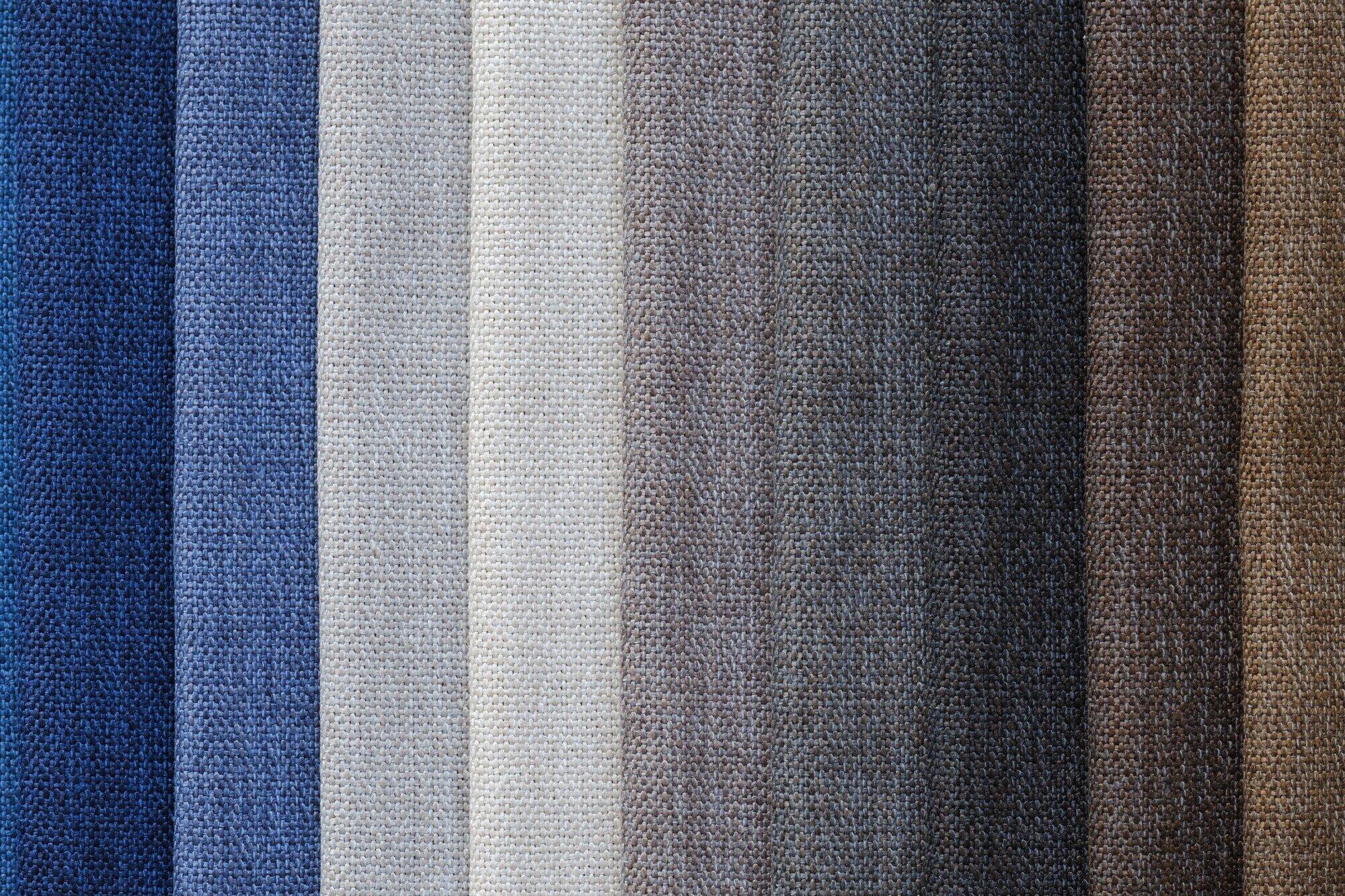As the world’s seventh most-traded product, textiles are critical to the global economy. From clothing to bedding, fabric has a wide range of applications and is used daily.
Textile testing is an important step toward manufacturing and distributing high-quality fabrics. Here, we’re going to talk about the different textile testing methods, including:
- Physical testing
- Mechanical testing
- Chemical testing
Read on to learn the ins and outs of fabric quality assurance.
Physical Testing
Physical testing aims to look at the physical characteristics of textiles. It ensures the quality of a fabric’s individual and bundled fibers. This tells textile quality control experts about the product’s:
- Weight in grams per square meter (GPSM)
- Fiber length
- Stiffness
- Coatings
- Woven fabric count
Learning the physical properties of a textile lets professionals know whether it will work for its intended purpose.
For example, a feather-filled pillow’s cloth or cotton for a microfiber shirt requires a high thread count. This creates soft material for comfort. If the fabric has too low of a thread count or feels stiff, it will not be suitable for its intended application.
Mechanical Testing
Even if a textile is physically sound, it still may not be as strong or durable as manufacturers or sellers want it to be. That’s where mechanical testing comes in. As a blanket term, ‘mechanical testing’ refers to any test that looks into a piece of fabric’s resistance to wear and tear.
Some mechanical testing methods include:
- Abrasion testingthat rubs at the surface to see how resistant it is to wear and tear
- Tensile testing, which looks into how much force the fabric can withstand when under constant tension that stretches it out
- Pilling testing, which involves attaching samples to polyurethane tubes and rotating them around to ensure that they don’t form friction-related fuzzy balls
No one wants to purchase a shirt or a bedsheet only to find that it falls apart after a couple of weeks. This makes mechanical testing one of the most important preliminary steps to manufacturing products made from textiles.
Chemical Textile Testing
Chemical testing is another critical form of textile testing. These tests aim to ensure that the materials are safe for people to touch and use.
Professionals look into whether the textile contains:
- Unsafe dyes
- Heavy metals
- An unusual pH
Part of this is also making sure that the fabric isn’t unnecessarily or unusually flammable.
It also ensures that the color of the fabric doesn’t fade when exposed to:
- Light
- Heat
- Chlorine
- Sweat
People want their clothes and other items to remain in good shape. That’s why chemical testing is important to ensure that clothes don’t fade over time, especially athleticwear that is exposed to a lot of sweat and outdoor elements
Beyond the Basics of Fabric Testing Procedures
Now that you know the different types of textile testing, it’s time to get started.
As the global leader in auditing and testing various filled textiles, IDFL is committed to guaranteeing the quality of filled textile products and their raw material components.
Contact our team to learn more about our services and request a quote!

